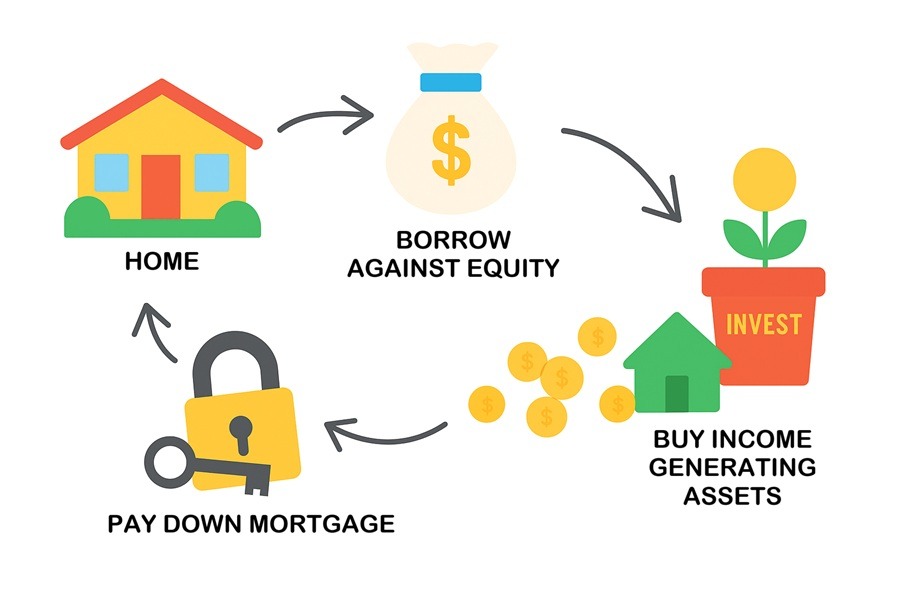
All About Debt Recycling
We're all looking for smart ways to get ahead financially. One strategy you might hear about is debt recycling. It sounds complex, but the fundamental idea is quite simple: you turn your 'bad' debt into 'good' debt. Let's break down what it is, how it works, and the things you need to watch out for.
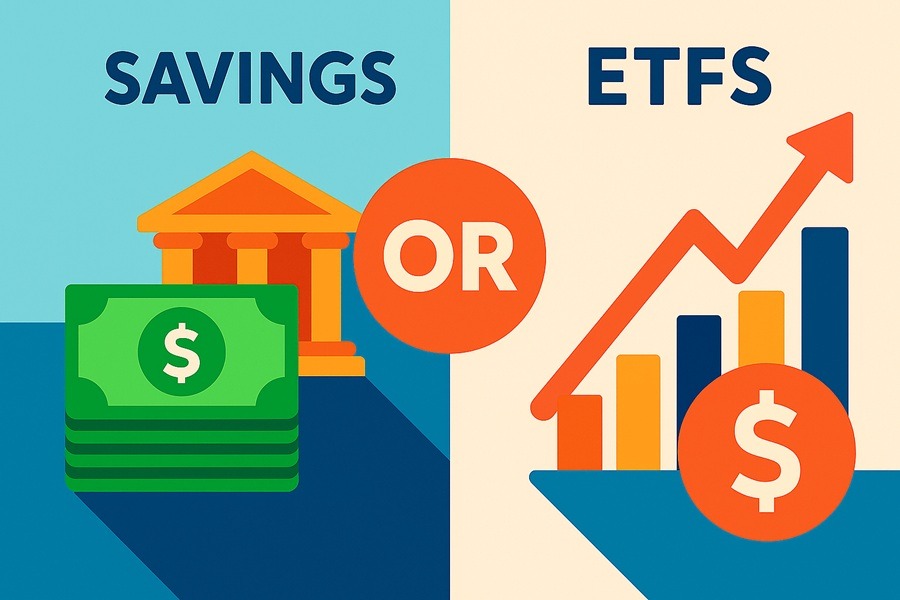
Cash in the Bank or Shares on the Market?
Deciding where to put your money in Australia can feel like a big decision. Two of the most common options are high-interest savings (HIS) accounts and exchange-traded funds (ETFs). While both can help you build your wealth, they serve very different purposes. Here’s a more detailed breakdown to help you determine which is right for you.
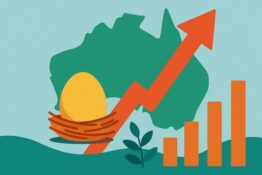
Australian Super Funds Delivered Gains
Superannuation funds delivered gains in the 2025 financial year. Even though there were challenges like global trade tensions and conflicts in the Middle East, super funds not only held steady, but they also delivered impressive returns.

Crafting a ‘Whole Life’ Retirement
When most people think of retirement, a sunny stereotype tends to surface. Think coastal caravan adventures, chasing the grandkids around the park, or leisurely strolls along quiet beaches. It's a comforting image, one that’s replayed in countless superannuation ads and retirement brochures. But what if that dream, while lovely, doesn’t quite capture the full picture? What if ticking off that final workday and securing the right savings target isn’t the last step but merely the beginning of something far more profound?
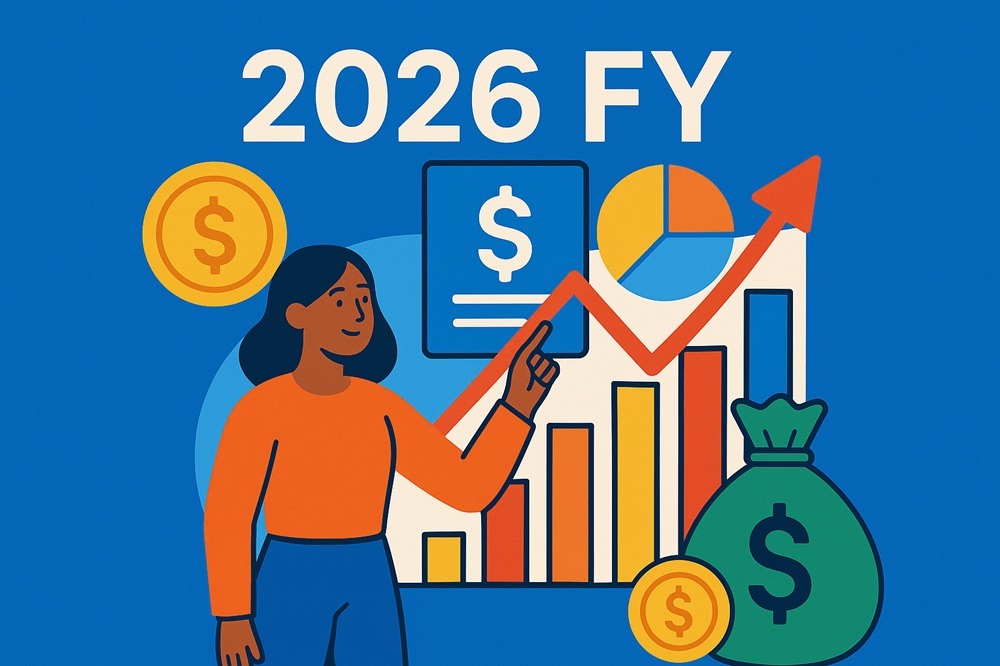
What’s New for Your Money in the 2026 Financial Year
Happy new financial year! It’s a great time to take stock and review your financial plan. Whether you’re looking to make the most of new tax cuts, changes to superannuation, or government support, understanding what’s ahead can help you stay on track and make confident decisions. Here’s a straightforward guide to the main updates and what they mean for everyday Australians.

When Your Career Ends Abruptly…
Imagine Stephen, a skilled surgeon whose career ends overnight due to a sudden, life-changing injury. Beyond the emotional shock — grief, frustration, and uncertainty — he faces an immediate and daunting financial reality: his primary income has vanished. For many, this scenario is unthinkable, yet it’s a risk that can touch anyone. This reminds us that with proactive planning and a mix of income strategies, financial security is still within reach.
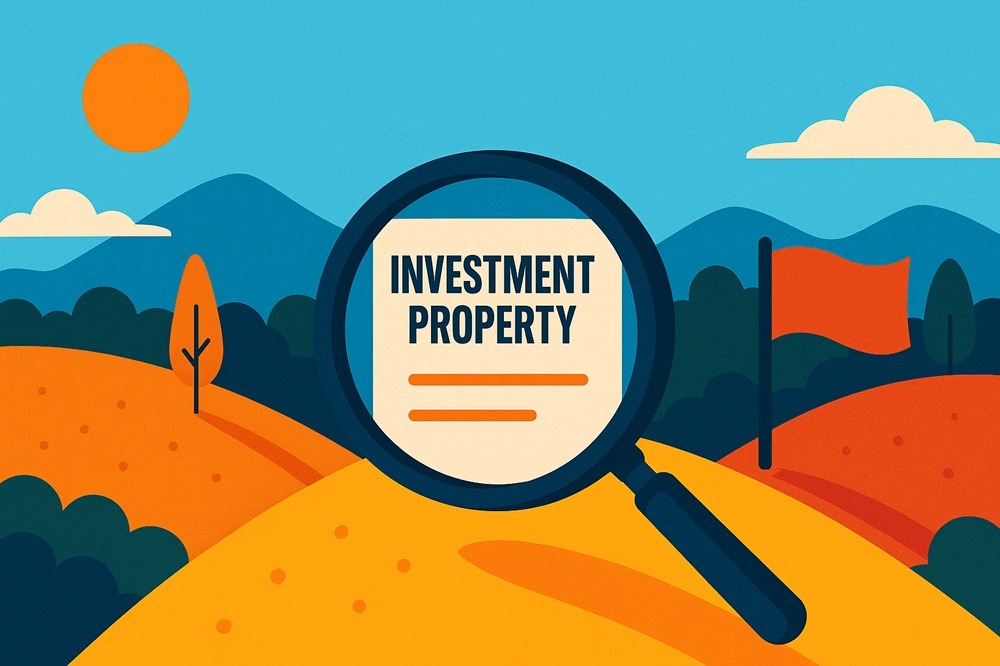
Investment Property Deductions Red Flags
If you own an investment property, the ATO’s message for 2025 is unambiguous: get your deductions right, or expect a closer look. The error rate for rental property claims remains stubbornly high, with the ATO reporting mistakes in up to 90% of reviewed returns. This year, several areas are under particular scrutiny, not just the usual suspects, but also some new developments that property investors need to be aware of.
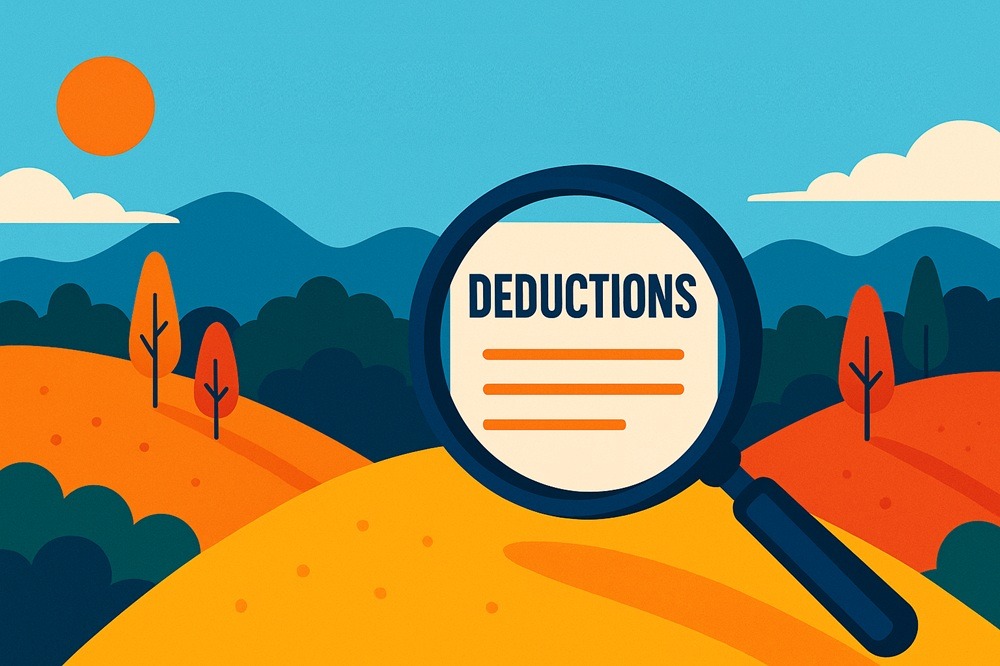
Tax Deductions Under the ATO’s Magnifying Glass
As the 2025 tax season approaches, the Australian Taxation Office (ATO) is sharpening its focus on individual taxpayers, particularly when it comes to deductions. With advanced data analytics and real-time reporting now central to the ATO’s compliance toolkit, the days of unchecked or poorly substantiated claims are numbered. Here’s a closer look at the red flags that could put your tax return under the microscope.

Strategies to Multiply Superannuation Benefits for Couples
Building a comfortable retirement together takes more than just topping up your super each year. Couples who plan together and make the most of the rules can enjoy far greater financial security, and perhaps even a few more luxuries, down the track. Rather than simply aiming to even out your balances, it pays to look at the bigger picture and focus on what’s best for you as a team. In this article, you’ll find a mix of tried-and-true strategies, from straightforward contribution tweaks to more involved

Newsletter – May 2025
The ASX 200 (up 5.13%) and S&P 500 (up 7.10%) saw gains, fuelled by improving economic conditions like inflation moving within target ranges (2-3% in Australia), and renewed consumer confidence. The RBA lowered the cash rate to 3.85% in response. Meanwhile, the Australian residential property market continued its upward trend, reaching new record highs despite some moderation due to pre-election caution and tariff concerns, with regional markets outperforming capital cities and houses generally outpacing units in value growth.

From Dreaming to Doing – Preparing for Your Meeting
A dream without a plan is just a wish. Now that you've thought about your ideal life, it's time to structure your goals so your adviser - and you - can actually work toward them. Here's the key: not all goals are created equal. Some are urgent. Some are massive. Some are nice-to-haves. Understanding this will help you (and your adviser) prioritise.

Anticipate Life Changes – Building Flexible Plans
Life is messy, and your financial plan should be flexible enough to handle it. Career changes, relocations, and unexpected family milestones can all bring significant costs. Instead of aiming for a perfect 10-year plan, focus on one that adapts as life evolves.